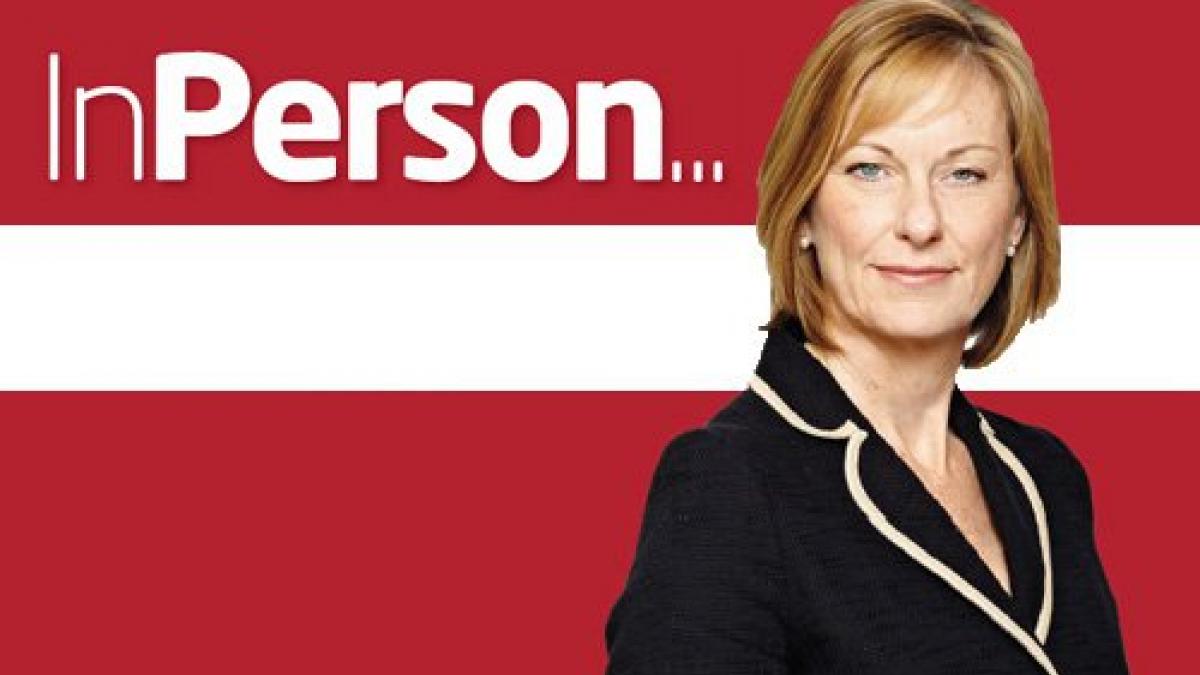Being able to think creatively outside your comfort zone is key to being successful, says CSP chief Karen Middleton.

So often, when we talk about diversity, we limit ourselves to diverse ethnicity or gender or sexual orientation. But why stop there?
I recently attended an event looking at how healthcare leaders can ensure the system benefits from as much diverse thinking as possible.
This is something I have always had a passion for, ever since I developed a service for people with severe physical disabilities back in the 1990s, where I bought together a diverse team across health and social care and the voluntary sector.
People brought a whole range of clinical and professional skills to the table but, in fact, what was even more powerful was the value of diverse thinking – based on people’s background, experience, education and, yes, their professional training.
Intractable problems became easier to solve; the heightened level of creativity resulted in innovation; mutual respect flourished and team members felt more highly valued by their peers. The service, according to its users, was the most ‘patient-centred’ they had ever experienced.
As I’ve moved through my career, the value of diverse thinking in the teams where I have worked or led has been very powerful – from leadership teams, to boards and local healthcare economies, and now at the CSP.
Some of the most successful companies make a point of capturing diverse thinking and turning its value into delivering good business.
Diverse thinking avoids ‘group think’. I am sure you can recognise that moment when you’re in a team or service discussing an issue, and you all come to the same conclusion very quickly and you mutually endorse each other’s perspective – often because it is the same perspective.
However, group think can undermine creativity and, therefore, offer no different solutions to those ‘wicked’ problems. It can also be dangerous as it can ignore, dismiss or remove any challenge or difficult-to-hear opinion.
Think back to some of the comments in the Francis report on Mid Staffs, for instance, about the importance of multidisciplinary teams. In order for the NHS to deliver uniformly safe and good-quality care to those it serves, he states, all who work in the system, regardless of their qualifications or role, must recognise that they are part of a very large team who all have but one objective, the proper care and treatment of their patients. (21.2) And that applies from the hospital porter to a top consultant, with all the diversity of thought they bring with them.
What does thought diversity mean in practice? Clinical teams need to ensure ‘thought diversity’ and leaders need to positively encourage it and seek it out. Think about the pressures in A&E that have received so much media coverage recently. Is the solution really more of the same? Or is there a different way of looking at the problem?
In my opinion, two things are important to ensure greater thought diversity: a recruitment process that guards against only recruiting people in our ‘mirror image’ or who seem to think like us; and a facilitative environment created by the leader which allows for different thinking to be expressed and challenge to take place.
The latter is important because different ways of thinking lead to tension. You need a culture that allows people to express a different view and for everyone to be respectfully listened to while at the same time not dampening-down the tension. Resolving those tensions is, of course, when the creativity comes in.
Think about that how much you embrace though diversity in your own workplace.
When I think about the membership of the CSP, I think about the huge potential value it offers in its diversity – not only in terms of employment or membership category, but the 53,000 different ways of thinking.
Imagine the power of ‘thought diversity’ within our profession, and what it could achieve if we harness that and enable it to flourish.
- Email Karen Middleton on: enquiries@csp.org.uk
Author
Karen Middleton
Number of subscribers: 0
